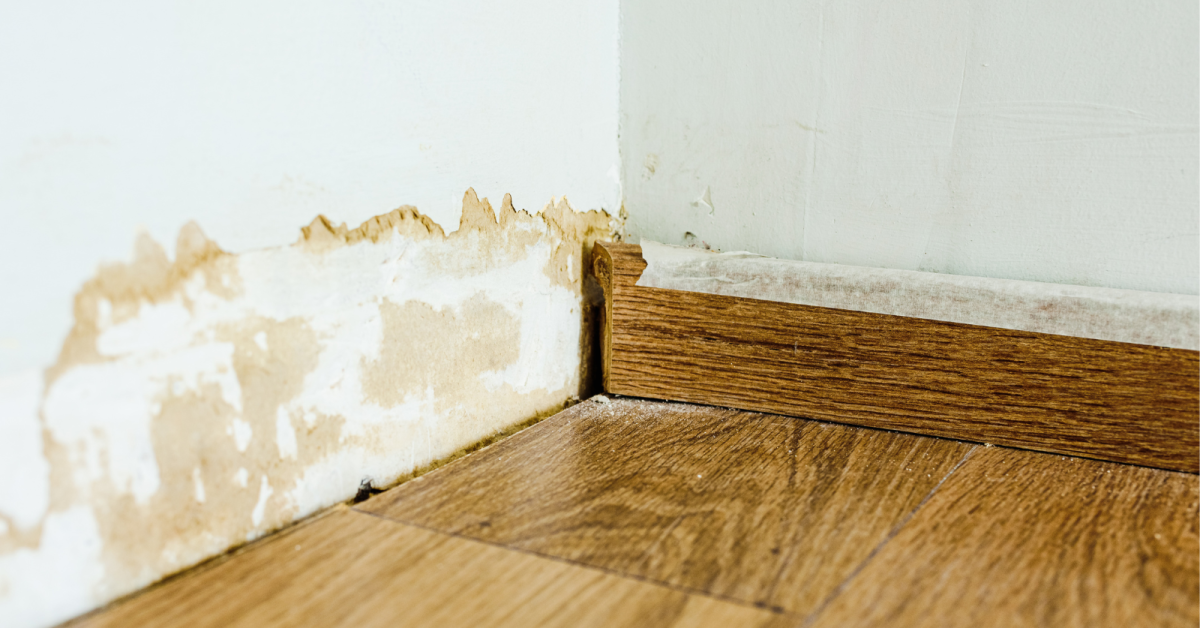

Government publishes damp and mould guidance, and promises simpler HHSRS system
NRLA Head of Policy James Wood explains more about the important updates landlords need to be aware of when it comes to property standards and safety, after the next steps of Government's HHSRS review were published this week.
It’s a busy Friday for housing standards announcements. The Government has published its next steps in the Housing Health and Safety Rating System (HHSRS) review.
It has also released a report into damp and mould in the private rented sector, as well as guidance on dealing with damp and mould for all housing practitioners.
This follows the tragic death of two-year-old Awaab Ishak in 2020, following prolonged exposure to mould in his family’s housing association home.
What is the Housing Health and Safety Rating System?
The Housing Health and Safety Rating System (HHSRS) was introduced in the Housing Act 2004. It is the criteria by which an environmental health officer assesses a property for potential hazards that may harm the tenant.
The standard sets out 29 different hazards, such as excess cold, falls, and damp and mould growth, which landlords should avoid having in their property.
The English Housing Survey estimates that around 14% of homes in the PRS contain at least one category 1 hazard (the most serious category).
If a local authority inspects the property and finds one of these hazards, they can use their enforcement powers to compel landlords to fix them. Typically, this will be from serving an improvement or hazard awareness notice.
Housing Health and Safety Rating System update
The system has been largely unchanged since its introduction in the 2004 Housing Act but it has been subject to a number of criticisms. Particularly regarding the lack of clear guidance to help landlords.
The NRLA and its predecessor organisations have long called for a simpler system with better guidance that would allow landlords to identify and fix hazards with certainty.
Since 2018, the Government has been reviewing ways to improve this system. Today they have published the results of this review.
This sets out the next steps the Government will take.
The Government has committed to:
• Combining some of the hazards to make the system easier to enforce and to understand. This will reduce the number of HHSRS hazards from 29 to 21 hazards
• Publishing baselines that can be used to make an initial assessment of whether a property contains serious hazards (eg ‘stairs must be safe, secure, in sound condition, free of defects and projections, well maintained’)
• Publish new statutory operating and enforcement guidance, a comprehensive set of new case studies, and specific tailored guidance for all stakeholders, including landlords
• Produce specific minimum standards around fire safety that they estimate will mitigate 90% of fire risks.
These changes, particularly the cases studies, should make it much easier for landlords to identify and address hazards in the home before there is a need for enforcement.
Further legislation to bring these changes into force will be required, once the Decent Homes Standard review concludes. We expect this will mean the changes should be published before the end of the year. We will continue to keep our members updated on this as it develops.
Damp and Mould report and guidance published
The Government has also published its report into one specific HHSRS hazard: damp and mould growth. This is part of the response to the death of Awaab Ishak in 2020.
The report is based on data provided by local authorities on their enforcement activities. It estimates that 3.6% of PRS properties contain a category 1 damp and mould hazard. The report found that local authorities enforced against 41,286 properties in the last three years, mostly through informal action. This equates to around 55 properties per local authority per year.
As part of their ongoing work around raising standards, DLUHC has also published comprehensive guidance on addressing damp and mould in the home.
This guidance is designed to be used by social and private landlords, and includes several specific recommendations for smaller portfolio landlords.
The guidance includes information on:
• Potential health risks from damp and mould
• Best practices
• The legal framework around damp and mould
• How to identify and reduce the risk of damp and mould
• Signposting for energy efficiency funding.
The guidance does state that tenants should not be blamed for damp and mould and that it is the responsibility of landlords to identify and address the underlying causes of the problem, such as structural issues or inadequate ventilation.
All landlords and letting agents should familiarise themselves with the recommendations in this guidance.

